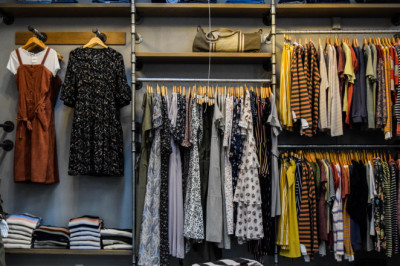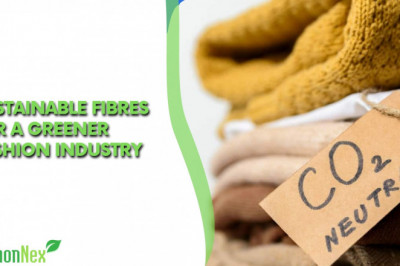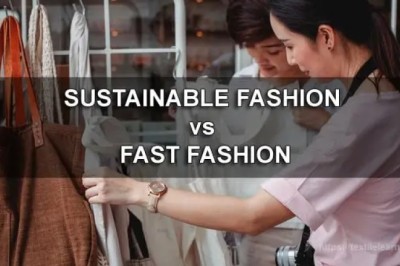views

It has adopted standards for processing textile goods using fibres which are environmentally, socially and economically sustainable.
Apart from GOTS, other international organizations have established various environmental standards and measures to reduce pollution from the textile industry. Some of them are EKO sustainable textile standard, Organic textile standard (Italy), Organic Fiber Standards (USA), Standards for Processing of Organic Textile Products (Argentina). The standards set by these organizations ensure reduction of textile pollution and promote use of organic fibers and eco-friendly textile production methods.
There are numerous environmental standards established to reduce the environmental impacts of textile industry. Some general and important ones are- use of natural and azo free dyes, use of organic fibres, minimizing carbon footprint, reduce water and energy usage, etc. The textile industry releases large amount of volatile chemicals and pollutants mainly from coating, finishing, dyeing and printing processes.
The standards to reduce textile pollution focus on avoiding the use or discharge of alkyllphenol-ethoxylates and minimum use of organic solvents. Also, avoiding non-degradable surfactants and spinning oils in washing and scouring processes. Pad batch-dyeing is recommended as it is an effective method. It saves 80% of energy requirement and 90% of water consumption. It also reduces usage of dye and salt.
Several measures to reduce to environmental impact of tanneries have been developed for the leather industry. Some of the important ones are: It is necessary to train the staff for occupational health and safety of workers. Tanneries must develop environmental management system. The workers must be provided masks to avoid inhaling toxic gases. There must be proper drainage system to prevent the formation of hydrogen sulfide in the tannery
News courtesy: Fibre2Fashion.com











Comments
0 comment